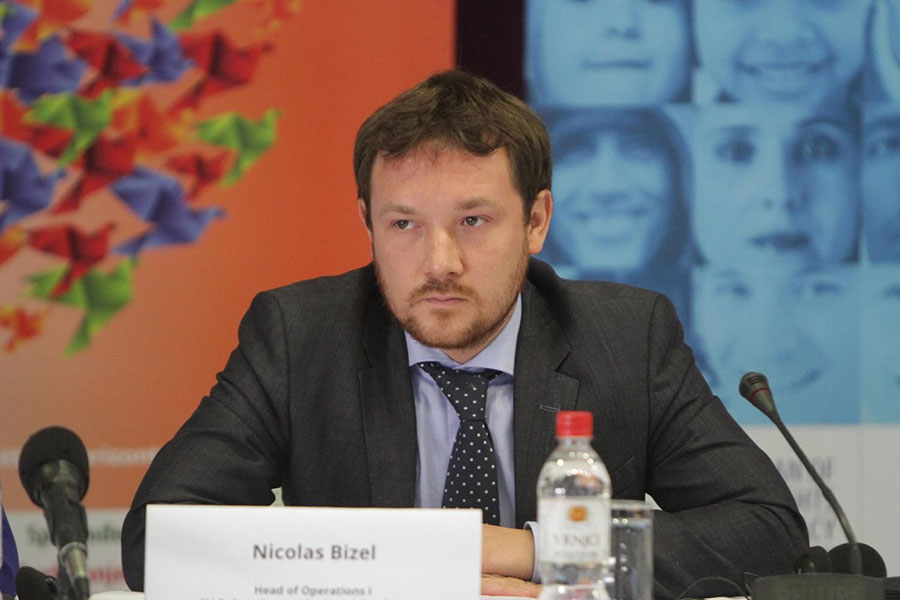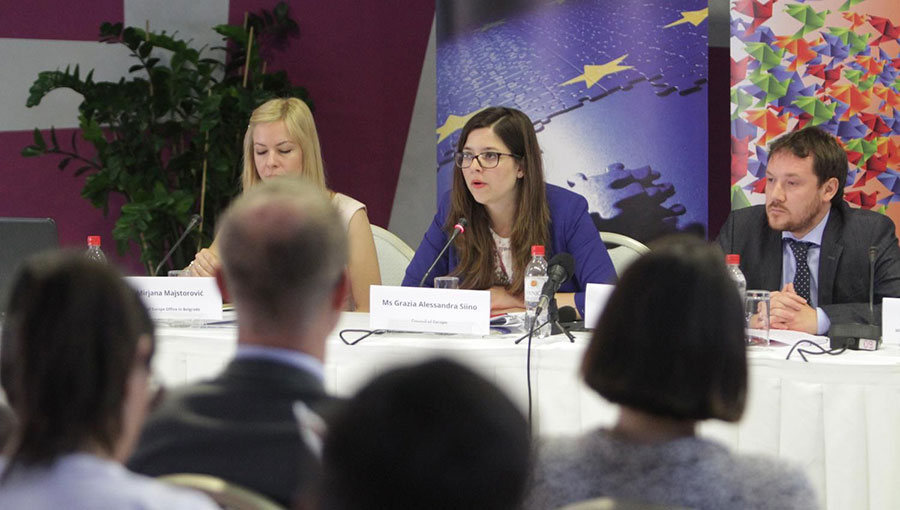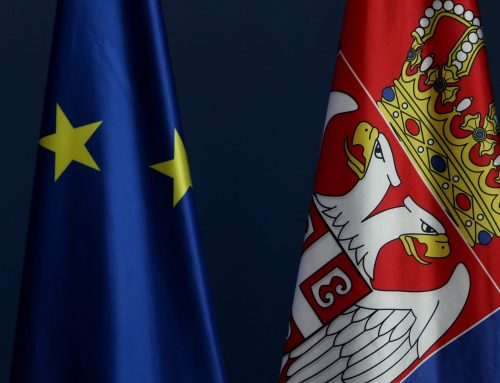Trafficking in human beings for labour exploitation has been on the rise in Serbia and the region as well as in certain European countries, said the participants in the seminar organised within the project “Preventing and combatting human trafficking in Serbia”.
Authorities and labour market actors face a number of difficulties when trying to identify victims of human trafficking for labour exploitation which is why the reported number of victims does not paint the real picture, CoE Project Coordinator Gracia Alessandra Sino said citing the findings of GRETE (Council of Europe Group of Experts on Action against Trafficking in Human Beings).
Nicolas Bizel of the EU Delegation to Serbia said that the laws the EU had put in place to protect workers from exploitation were good, guaranteeing freedom of movement across the common market.

FoNet
However, he said, cases of human trafficking for labour exploitation have been reported in the common market as well.
Bizel said that a number of workers were tricked into going abroad and doing jobs that were different from what they had been promised or were not told who their employer was. Also, they knew nothing about the working conditions they had agreed to; he said and added that “they were exploited.”
“19 per cent of human trafficking victims were victims of labour exploitation,” Bizel said and added that trafficking in human beings was considered the most profitable criminal activity in the world.
Coordinator for analysis and improvement of inspection supervision at the Labour Inspectorate of the Ministry of Labour, Employment, Veteran and Social Affairs Vesna Jovanovic said that in 2016, 239 inspectors kept 53,069 cases under supervision and found some 19,500 people working illegally.
She said that inspectors found 1,547 unregistered entities illegally employing 1,269 persons.
According to her, inspectors have not encountered human trafficking for labour exploitation or failed to identify victims of such practices.
“It does not necessarily mean that there is no exploitation in Serbia. In certain cases, inspectors have voiced their concerns regarding exploitation, particularly in night clubs where they found women who were not Serbian residents.
These cases have caused concerns about labour exploitation. However, such doubts have never been proven,” she said.
The Report on human trafficking for labour exploitation in Serbia, drawn up by experts Klara Skrivankova and Tamara Vukasovic, suggests that agriculture, textile and footwear industry, construction, private nursing institutions, domestic work and hospitality business are at the highest risk of labour exploitation.
Vukasovic said that the survey they conducted was based on interviews with relevant public institutions, civil sector and trade unions, adding that according to data compiled by the Centre for Human Trafficking Victims Protection only seven out of 55 identified victims were exploited for labour.
According to her, a child was reportedly exploited in agriculture; two persons identified as victims of labour exploitation in restaurants, whereas four victims were employed as construction workers in Russia.




